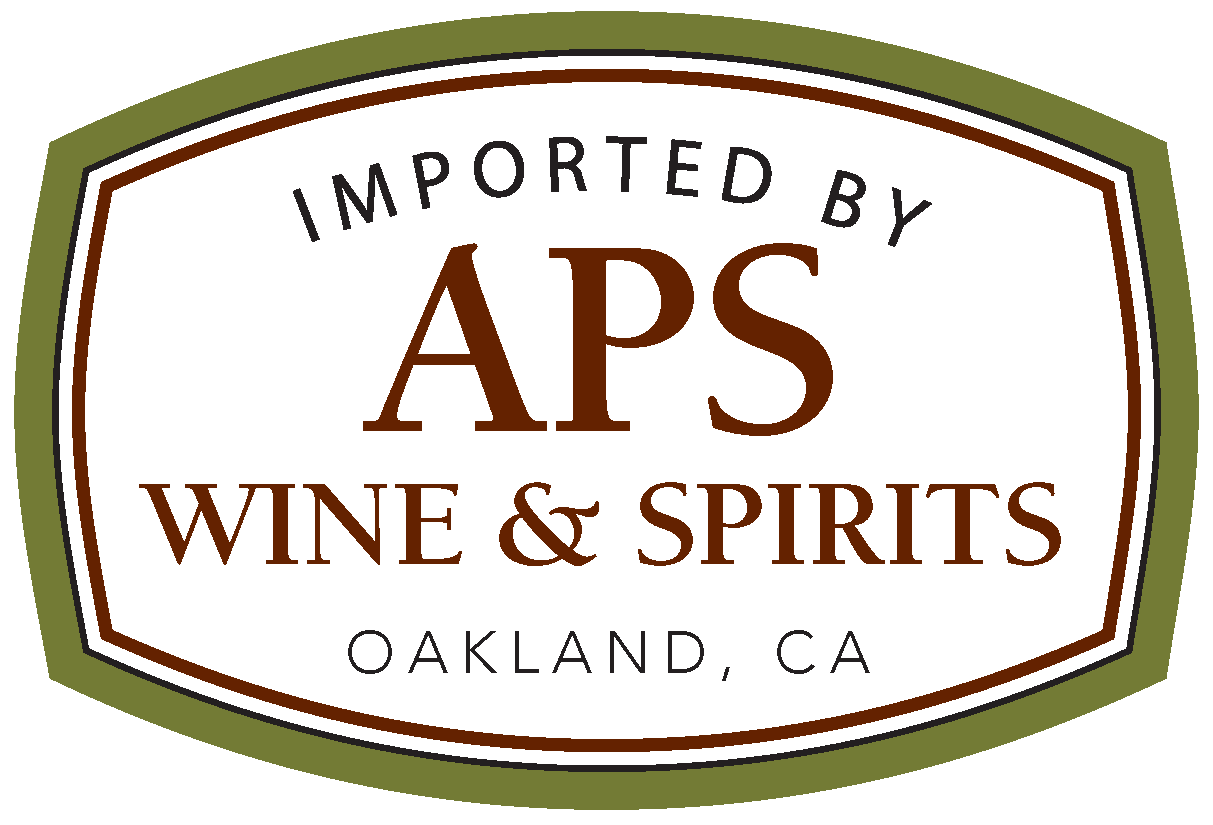MONOPOLE MAN
LESSONS IN CHARDONNAY WITH CAMILLE PAQUET
Brother to Mathieu and son of Michel Paquet of Domaine des Valanges, Camille’s provenance is close to home in the land of Chardonnay. When learning about wine you need to know your rivers and your soils. But what about those giant rocks that watch-over vineyards like a statue of God? Yes, they’re important too. Get to know your rocks with Camille Paquet and Mâcon-Solutré
Brother to Mathieu and son of Michel Paquet of Domaine des Valanges, Camille’s provenance is close to home in the land of Chardonnay. The Rock of Solutré is a limestone escarpment that overlooks the commune of Solutré-Pouilly. The rock, with a history of human habitation dating back 50,000 years, is a wealth of fossils. In the 19th century geologists discovered one of the richest collections of horse, bison, and mammoth remains at the foot of the rock. It’s a can’t miss, obvious picture-taking site when you drive north from the more famous commune, Fuissé, and on a clear day you can summit the rock (within an hour) and see the Alps. Camille farms single vineyards of Chardonnay in both Solutré-Pouilly and Fuissé, but it is his Clos des Carras vineyard, in the glory of the rock, that is his prize.
Camille’s mindful organic techniques begin in the vineyard and end in the bottle. His wines are made by natural yeasts, no added chemicals, and oak is always 2 or 3 year-old barrels. His “Clos des Carras” is a giant slayer, at its ease with any Pouilly-Fuissé and even its more famous cousins further north in the Côte d’Or. Whether you are a Meursault dead-head or a globe-trotting white wine ordinary, you will “get” this wine. There’s a pancake of mineral within the naturally ripe style of Mâconnais fruit, and a classy edge, which defines great Burgundian Chardonnay. Take advantage, while you can, and drink well with Camille Paquet.
See that word “Pouilly?” It means what you think it means…the “Clos des Carras” is Pouilly-Fuissé in all but name. How’s that you ask? Well, Camille’s extraordinary monopole could legally use the Pouilly-Fuissé appellation if only Camille would wind his way through the labyrinth of French wine rules and then pay the Wine Police their “tribute” to get their approval. Camille definitely has better things to do with his time and money, and so do we all. Seeing the clos of Carras at the foot of the justly famous Rock of Solutré telegraphs just how good the Chardonnay it yields is. In fact, before Camille was able to acquire the vineyard (a real Mâcon insider, he knew the vineyard’s previous owner was considering sale before anyone else did!), the fruit was sold to other highly-esteemed winemakers of the commune…Boy, were they sorry to see it go.
We are lovers of the petite White Burgundies of Mâcon, but tasting this wine will shift your focus north to the almond-inflected wines of Meursault…If you can taste the difference between “Clos des Carras” and first-quality village Meursault, good for you, because I can’t and I’ve been tasting for a long time…it’s that special. Only problem is there’s very little.
In order to let his beloved “Clos des Carras” speak, Camille does as little as possible while nurturing its wine into being. He harvests by hand and ferments in stainless steel using only naturally occuring yeast. After the alcoholic fermentation in steel, he raises the wine in a mix of used Tronçais and François Frères barrels, where it undergoes a partial malolactic fermentation gently softening and rounding the wine before bottling. We bought all he made, but that’s fewer than 1000 bottles. Come and get it!





